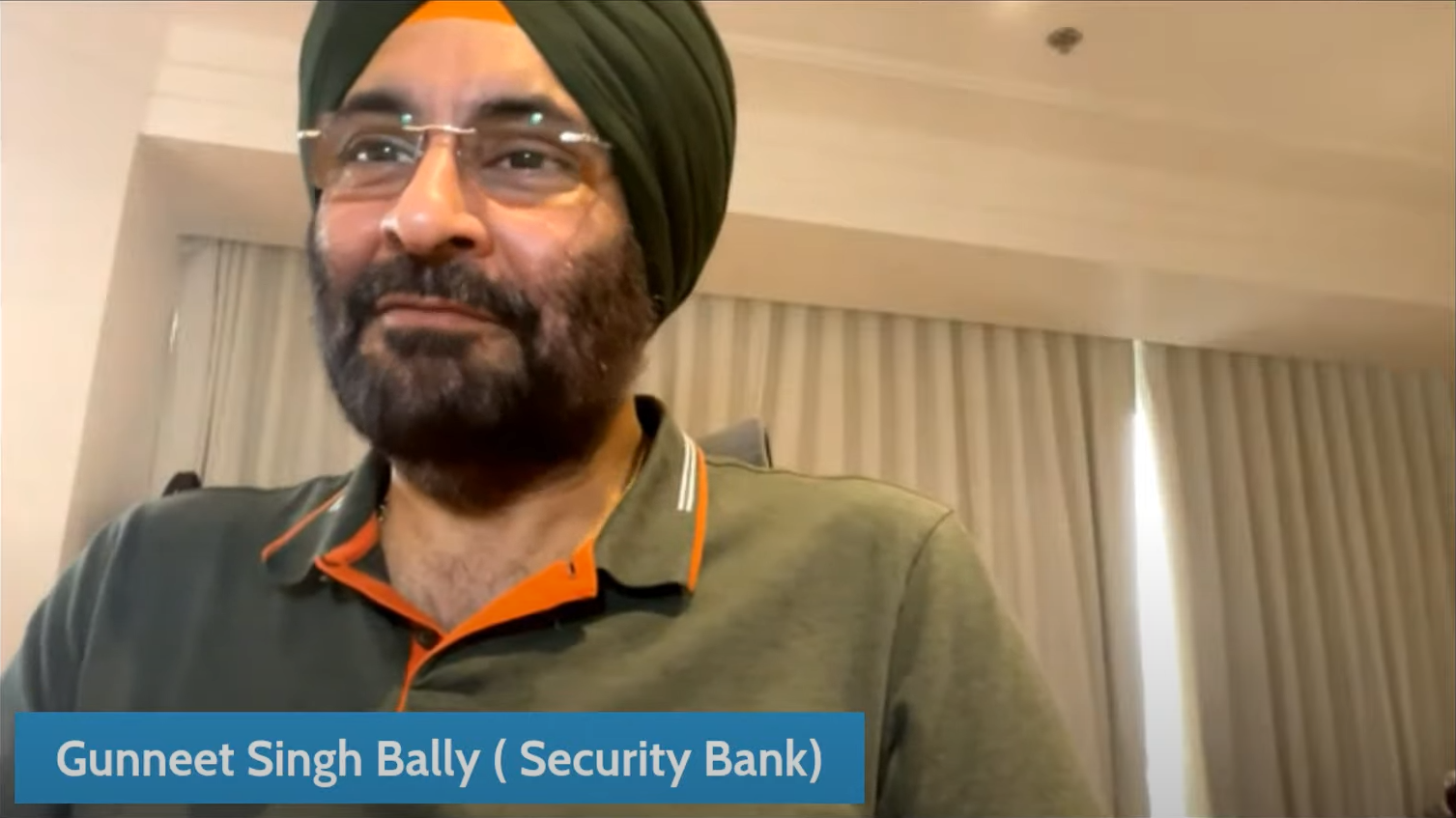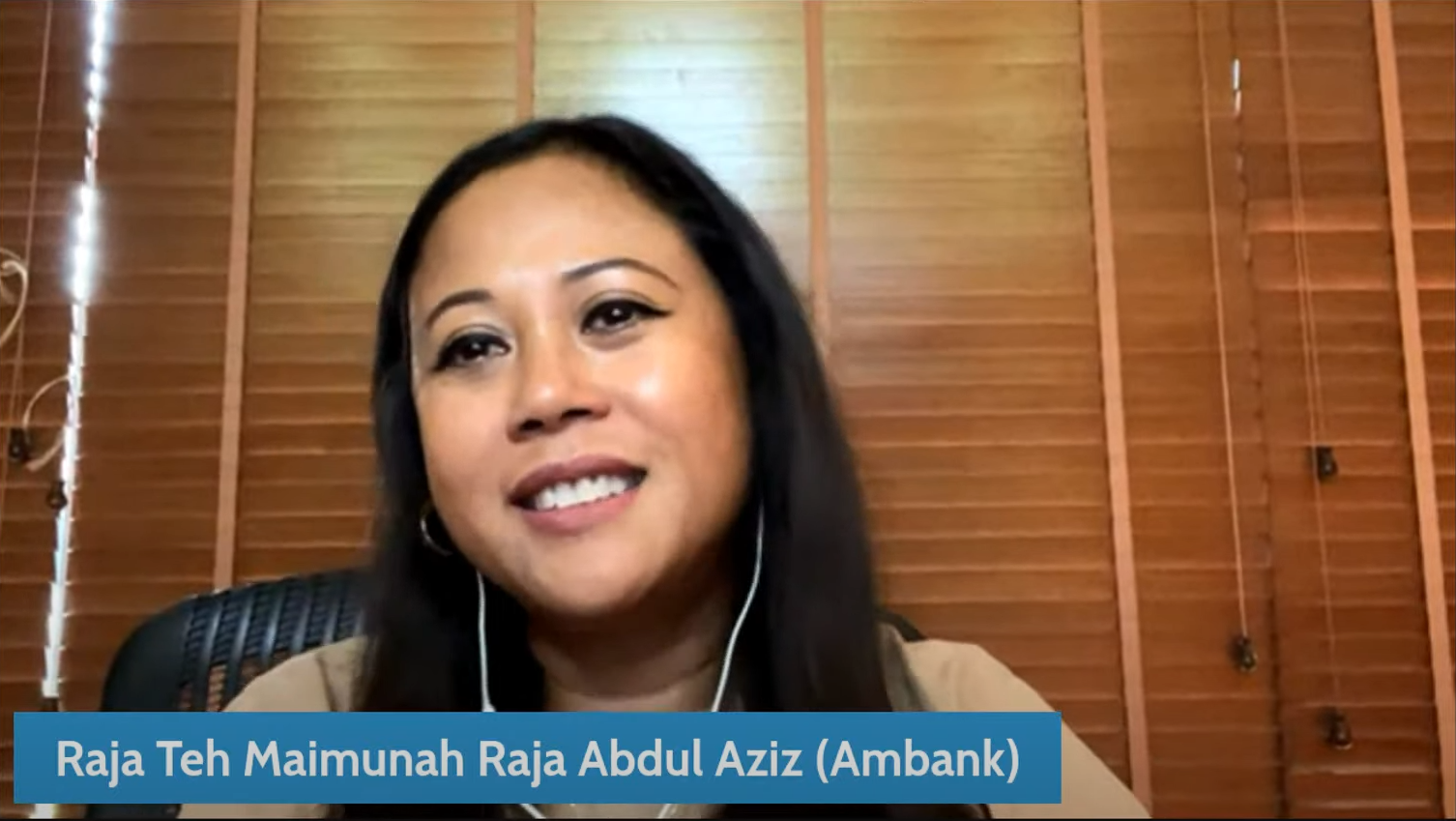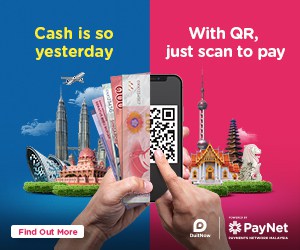Customer demand for integrated experiences, changing regulations and advances in technology are shaking up the traditional banking industry. At the same time, bigtechs, telcos and technology startups are making aggressive foray into finance, putting increased pressure on banking institutions.
In this evolving landscape, super apps have risen to become the latest tech trend adopted by incumbents in a bid to win over mobile-first consumers.
Though many are betting on the prospects of an all-encompassing self-contained commerce and communication online platform, top executives from the banking and tech sectors believe the super app model is no silver bullet.
During Fintech Fireside Asia’s latest session, C-level executives representing Boost, a Malaysian e-wallet provider turned regional full spectrum fintech brand with a digital bank in the works, Backbase, a engagement banking platform provider Backbase, as well as incumbents Security Bank, from the Philippines, and AmBank Group, from Malaysia, discussed Asia’s changing banking landscape and the rise of digital platform players in the finance space, sharing key trends emerging in the region and their predictions for the future.
According to Sheyantha Abeykoon, Group Chief Executive Officer, Boost, though super apps have become somewhat of a buzzword, with many industry players looking to replicate the success of the likes of WeChat from China, banks shouldn’t focus on bundling ever more features into a single app, but rather focus on understanding their customers on a deeper level, offer products and service that are relevant to their particular needs, and distribute these in a near invisible fashion and frictionless manner.

Sheyantha Abeykoon, Group Chief Executive Officer, Boost
“If you’re thinking about user interface (UI) and user experience (UX), it’s about figuring out what your true value proposition to the customer is, what you stand for, and then make that as seamless as possible and relevant,” Sheyantha said.
“I don’t think anyone has cracked the super app model yet. Most of the super apps have one or two main use cases which contribute to 90% of what people do [on them]. I don’t think you really need to try and be all these things … That’s where the clunkiness comes in.”
Echoing Sheyantha, Gunneet Singh Bally, Senior Vice President, Group Head – Retail Channel, Security Bank, said that surveys and research have shown that for some types of activities, customers preferred using a specialized service rather than an all-encompassing app. Having a clear value proposition and then building the customer journey and experience around that, will ensure that banks provide compelling products that customers want to consume.

Gunneet Singh Bally, Senior Vice President, Group Head – Retail Channel, Security Bank
“Every bank has to determine a target segment, and define what kind of platform [they want], the kind of … services you put on the platform,” Gunneet said.
“Once you are clear in terms of a deeper understanding of your customer segment and its requirements, then going forward and building a platform is something which becomes very easy.”
Toward a platform-based approach
Though the speakers were in agreement that a super app may not be the ultimate solution to all their problems, they concurred that a shift in mindset needed to occur, stressing that in this day and age, a platform-based approach and integration with third-party providers were arguably the only way for incumbents to remain relevant.
Raja Teh Maimunah, Managing Director, Wholesale Banking, AmBank Group, said that in Malaysia, the bank has been among the industry’s earliest adopters of platformification and has sought to integrate with non-bank service providers early on.

Raja Teh Maimunah, Managing Director, Wholesale Banking, AmBank Group
“Boost was the very first client that worked with us. We figured that we have access to the last leg of the payment process and they don’t, so we will allow them to use our pipe,” Raja Teh explained. “That was an exercise that wasn’t easy for both ends in the start, from a tech perspective, compliance, also from getting relevant approvals from Bank Negara Malaysia (BNM). Because of Boost, we now host almost everyone, with the exception of Grab and Touch ‘n Go.”
According to Raje Teh, AmBank was also among the first players to provide API services for other players to consume, a “big step in the whole banking sector” at the time, she said. “We’ve come to realize that that was how we’ve been able to build things.”
“It is to me extremely critical for us to find a way to plug [into other players],” she said.
“We want our customers to have access to many things so that they can do more than just payment transactions on our app. … We want to work with other fintech platforms.”
Riddhi Dutta, Regional Head for ASEAN and South Asia, Backbase, said that while banks have initially been reluctant to partner with new age fintechs over fear of losing ground to third parties, mindsets are changing and efforts are being put to modernize banking infrastructure and prepare for the new era of banking.

Riddhi Dutta, Regional Head Backbase
“In Asia, with this wave of digital banks across Southeast Asia, traditional banks are really moving towards getting out of their cycles … [moving away from solely] looking at individual business lines, product lines and customer journeys,” Riddhi said.
“Right now, we are seeing larger conversations from the incumbents. Incumbents are really moving forwards, wanting to cut through their internal silos, the mindset that we have.”
One of the biggest triggers to the sector’s transition to the platform-based approach, he said, has to do with the shift from infrastructural ownership to control over customer relationship as the most relevant success factor.
“For decades, banks have been looking at the back end that was drawing the competitive landscape and defining monopolies in certain cases,” Riddhi explained.
“But today’s open economy, it’s the front end that has more of the weight: the UX, the ease and simplicity of the customer journey.
“For traditional banks, all of this underlines the urgency to change their vertically integrated and product focused approach to an open setup that is built on integrating third parties, fintechs, and offerings via APIs, which is where this entire platform economy comes in.”







